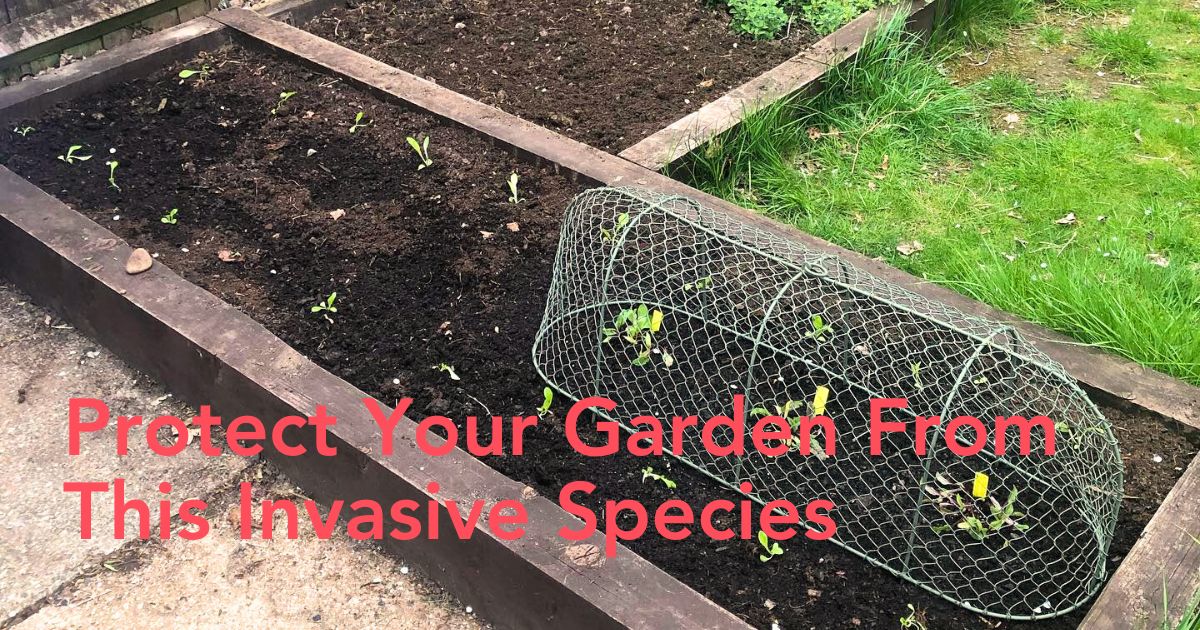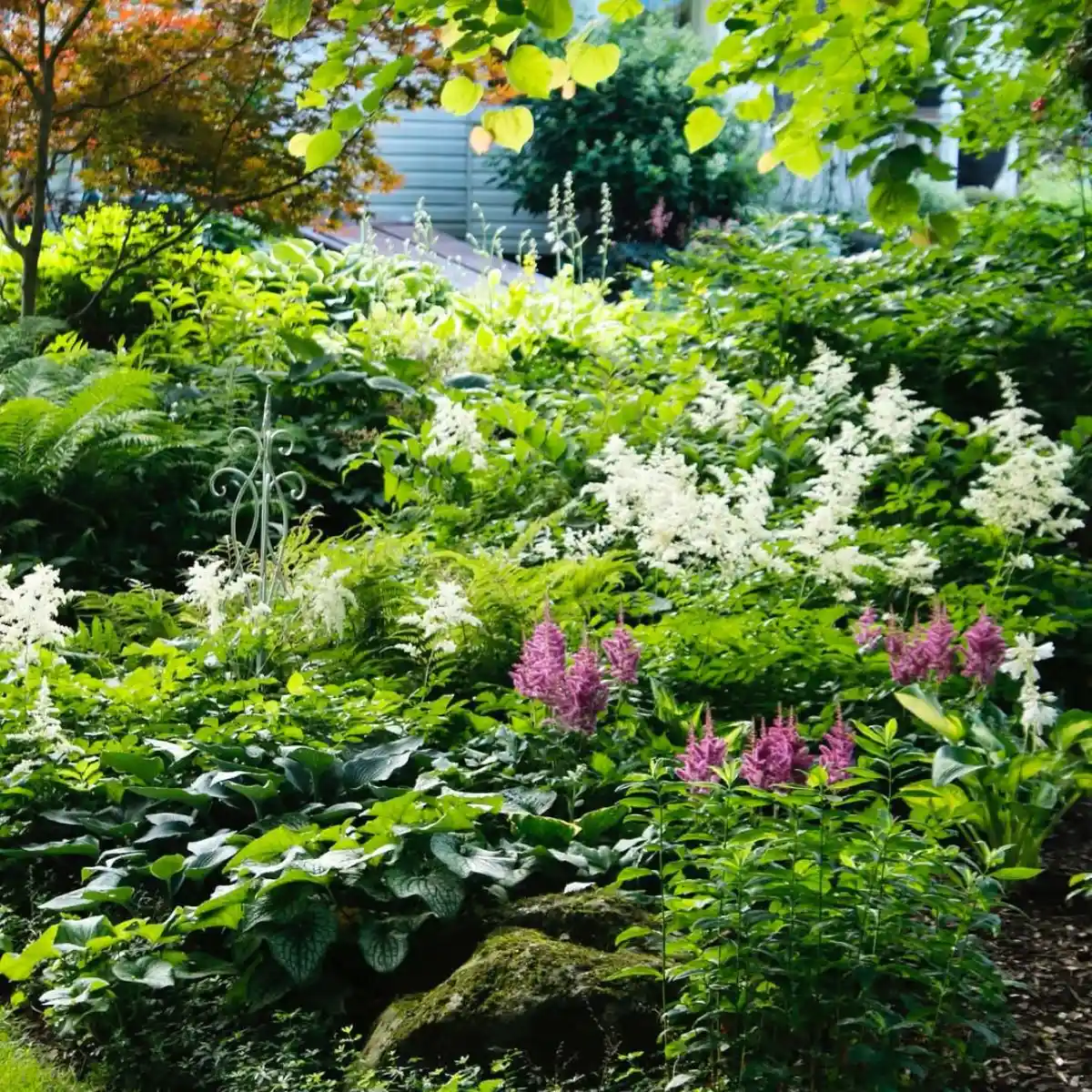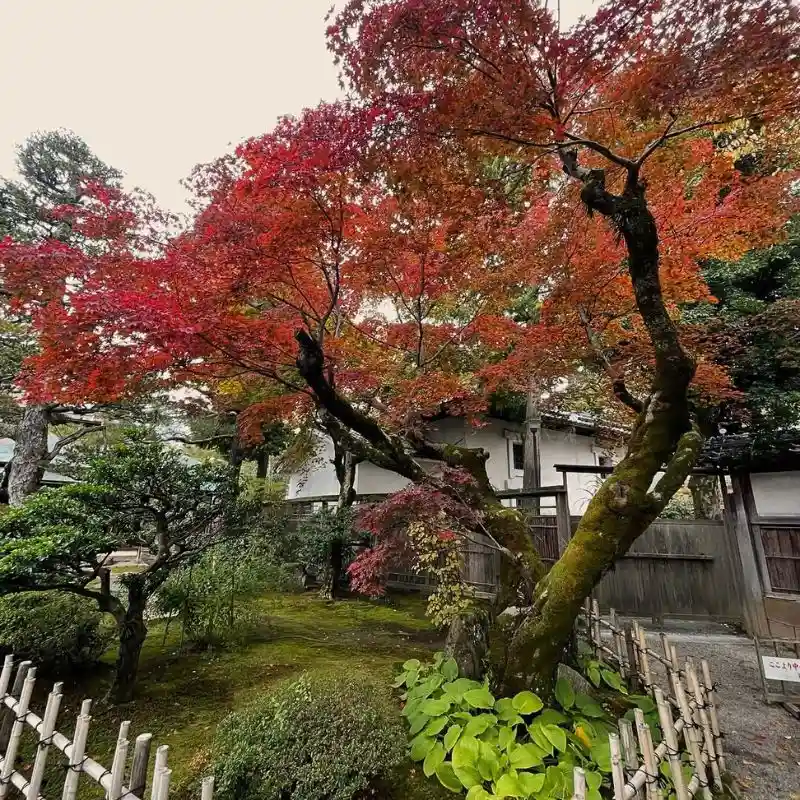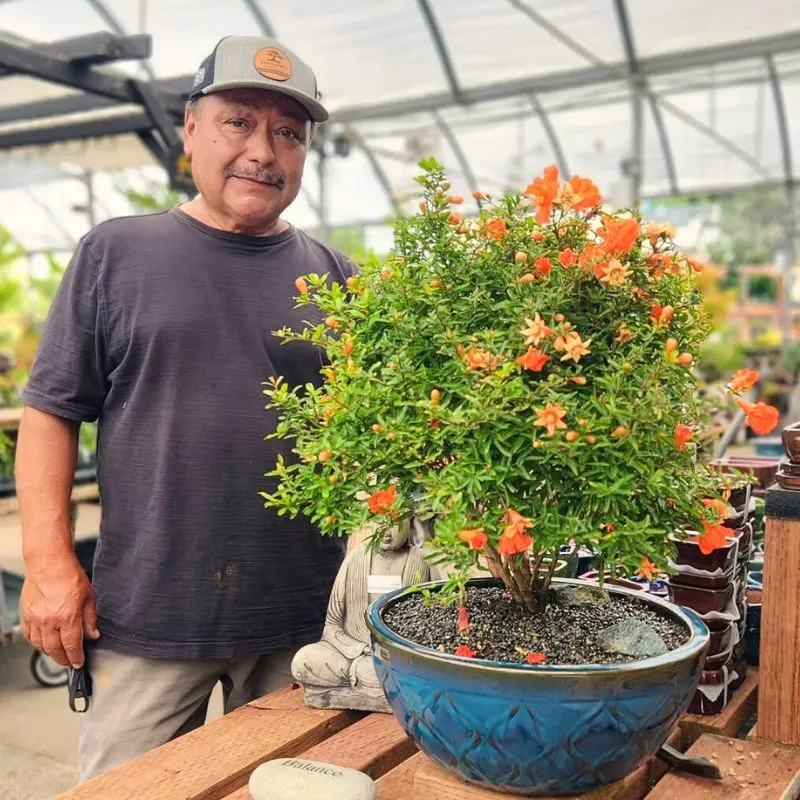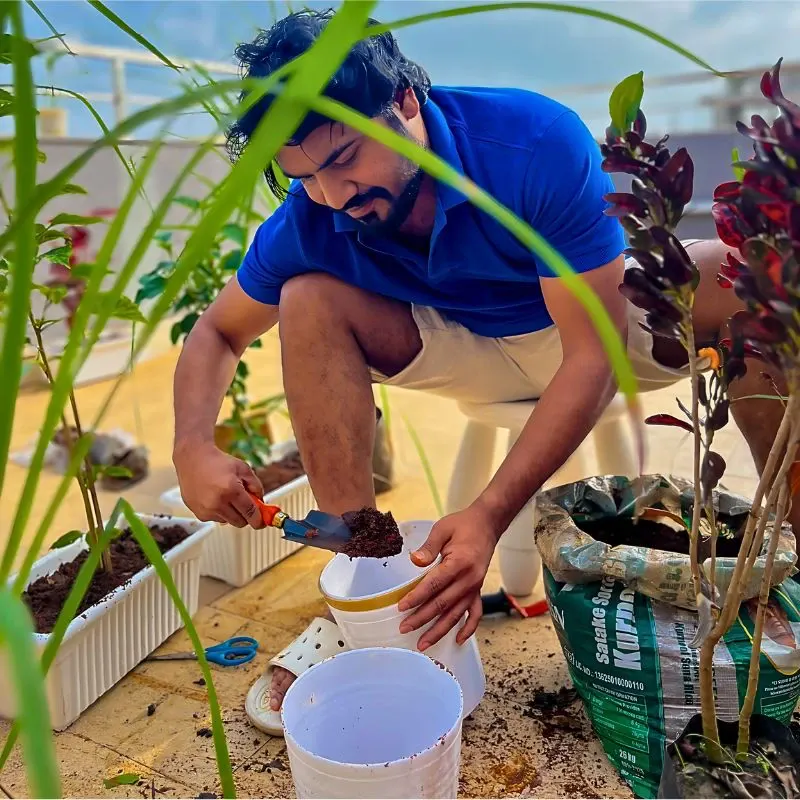In recent years, the Spotted Lanternfly has emerged as a significant threat to gardens and crops across the eastern United States, particularly in New Jersey. This invasive species, native to China, Vietnam, and India, was first detected in Pennsylvania in 2014. Since then, it has spread rapidly, causing severe damage to fruit trees, ornamental plants, and hardwoods. As the Spotted Lanternfly continues to wreak havoc, gardeners must be proactive in their fight against this destructive pest. You can also read about How To Protect Your Outdoor Plants From Snow Damage
Why Is the Spotted Lanternfly a Problem?
The Spotted Lanternfly feeds on the sap of over 70 plant species, including grapevines, fruit trees, and hardwoods like oak and maple. While feeding, the insect excretes a sticky substance known as honeydew, which promotes the growth of sooty mold—a type of fungus that can inhibit plant photosynthesis and lead to long-term health issues for the plant. In addition to harming plants directly, the presence of honeydew can attract other pests and lead to an overall decline in the quality of your garden.
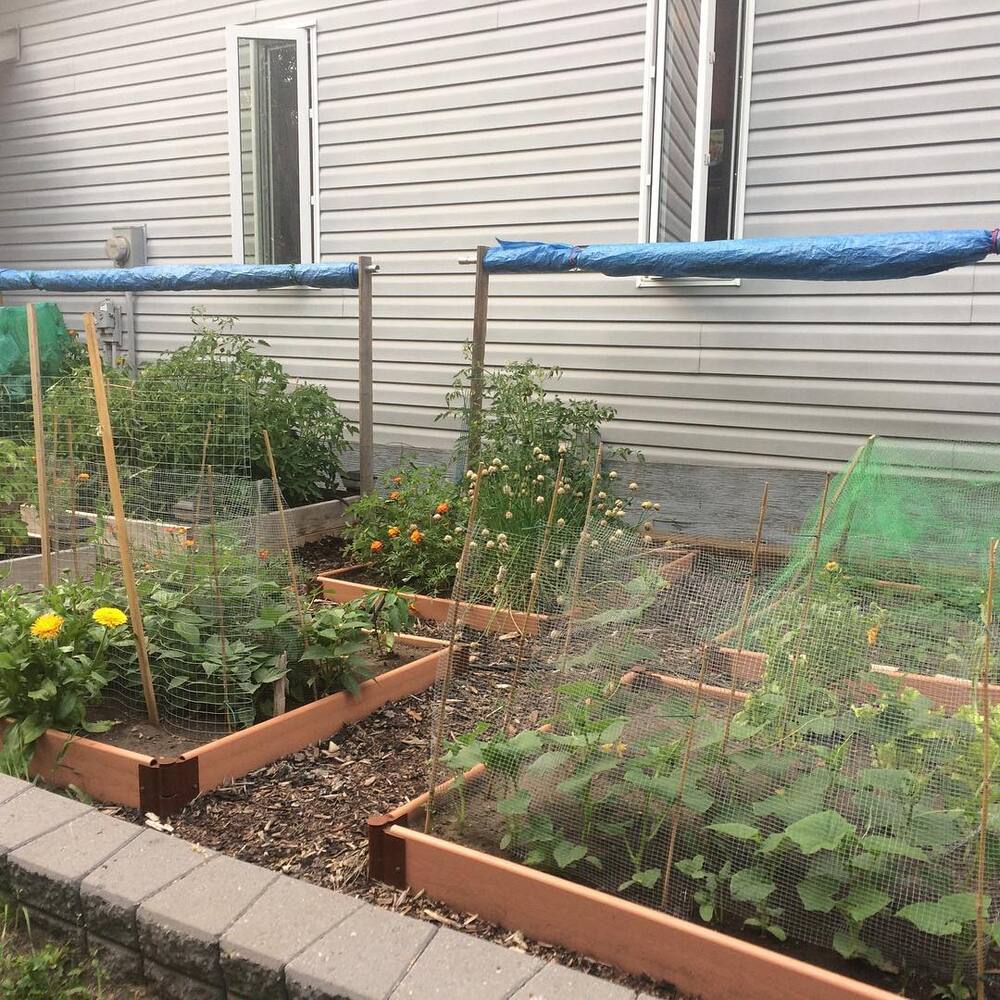
The most alarming aspect of the Spotted Lanternfly’s behavior is its rapid reproduction and ability to spread across regions. With no natural predators in North America, this pest poses a major threat to agriculture and local ecosystems, making it crucial for homeowners to take action at the first signs of an infestation.
Identifying the Spotted Lanternfly
The Spotted Lanternfly goes through several stages of development, each of which looks quite different. Here’s how to identify it at various stages of its life cycle:
- Egg Masses: The eggs are laid in the fall and resemble grayish or brownish lumps of mud. They can be found on trees, outdoor furniture, and even vehicles. Each egg mass contains between 30 to 50 eggs.
- Nymphs: After hatching in the spring, the nymphs are small and black with white spots. As they mature, they become red with distinct black markings.
- Adult Lanternfly: By late summer, the adult Spotted Lanternfly is approximately one inch long, with distinctive gray wings covered in black spots. When its wings are open, vibrant red patches on its hindwings are visible.
How to Combat the Spotted Lanternfly
Fortunately, there are steps you can take to protect your garden from this invasive species. Early detection and prompt action are essential to preventing severe damage.
1. Scrape and Destroy Egg Masses
One of the most effective ways to prevent a Spotted Lanternfly outbreak is to eliminate their eggs before they hatch. Look for egg masses on tree trunks, stones, outdoor furniture, and other surfaces in your yard. Using a scraping tool or a credit card, carefully remove the eggs and place them in a sealed bag filled with rubbing alcohol or hand sanitizer to kill them.
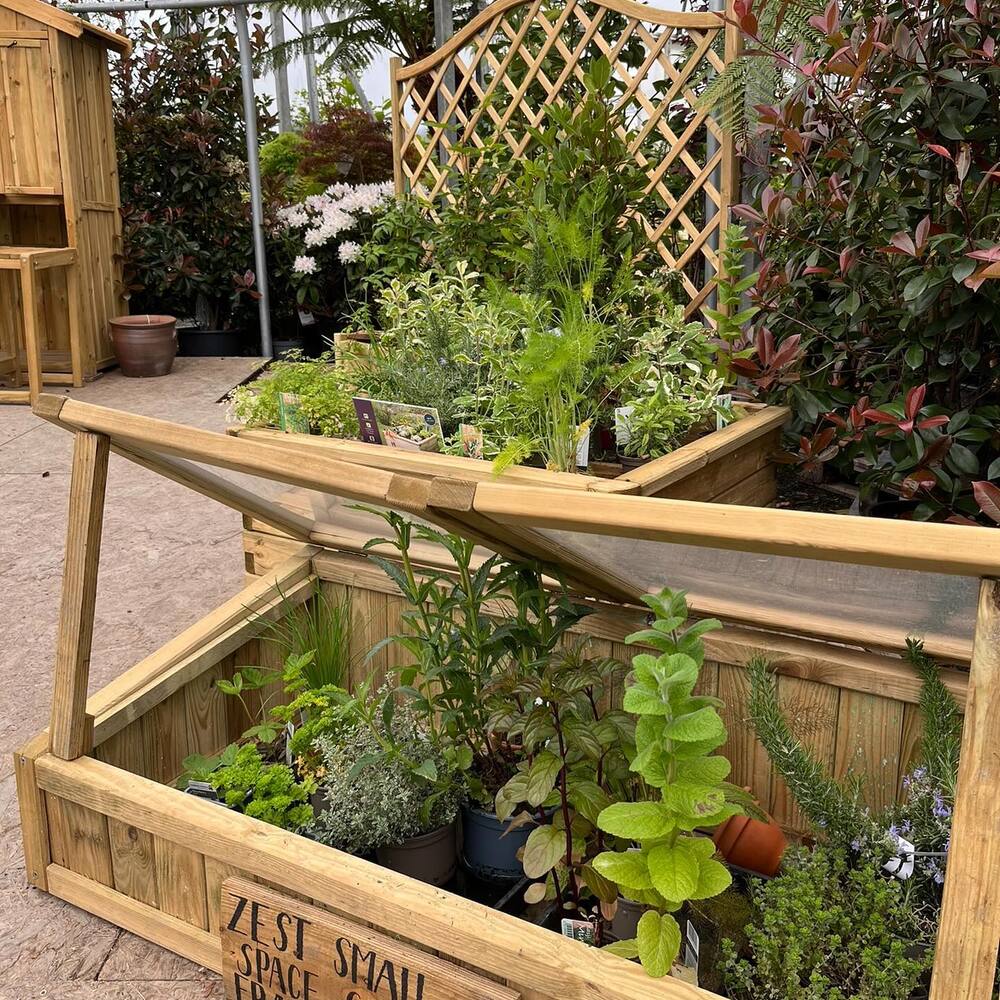
2. Set Traps
Sticky bands placed around tree trunks can be an effective way to trap nymphs and adult Lanternflies as they crawl up the tree to feed. Be sure to check and replace the bands regularly to maintain their effectiveness.
3. Prune and Remove the Tree of Heaven
The Tree of Heaven (Ailanthus altissima), another invasive species, is the Spotted Lanternfly’s preferred host. If you have this tree in your yard, consider removing it to reduce the attraction of your property to Lanternflies. In cases where removal is not possible, apply insecticides to treat the trees and kill the pests.
4. Chemical Treatments
For larger infestations, chemical treatments may be necessary. Contact a professional pest control service to apply insecticides that can target and kill Spotted Lanternflies at different life stages. This option is particularly important for homeowners with extensive gardens or fruit trees that are vulnerable to severe damage.
5. Monitor for Recurrence
Even after initial treatment, it’s crucial to monitor your property for any recurring signs of the Spotted Lanternfly. Their rapid reproduction and spread mean that a single missed egg mass can lead to a new infestation in the following season.

The Broader Impact of Invasive Species
While the Spotted Lanternfly is currently making headlines, it’s only one of a number of other invasive species that threaten our local ecosystems. The introduction of non-native species disrupts the balance of the environment, leading to issues that can be difficult and expensive to control. The best defense against these pests is early detection and consistent management efforts.
Preventative Measures
In addition to removing Spotted Lanternflies from your garden, it's important to adopt a few long-term strategies to keep your plants safe:
- Plant Diversity: A diverse garden with a variety of plants reduces the likelihood of significant damage from any one pest.
- Regular Inspections: Schedule periodic inspections of your garden and trees to spot early signs of infestation.
- Professional Assistance: If you suspect an infestation, consider hiring a licensed pest control service. Professionals are equipped with the knowledge and tools to deal with invasive species like the Spotted Lanternfly and can provide ongoing management solutions.
The Spotted Lanternfly represents a significant threat to gardens, crops, and forests, but by staying vigilant and taking preventative measures, you can protect your property from this destructive pest. Whether you are scraping egg masses, setting traps, or seeking professional help, it’s crucial to act fast to prevent further spread. And remember, dealing with invasive species like the Spotted Lanternfly is part of a broader effort to protect our environment and keep ecosystems healthy.
If you notice the signs of an infestation, don’t hesitate to reach out for expert help. By working together, we can combat not only the Spotted Lanternfly but also a number of other invasive species that pose similar threats to our gardens and natural landscapes.

